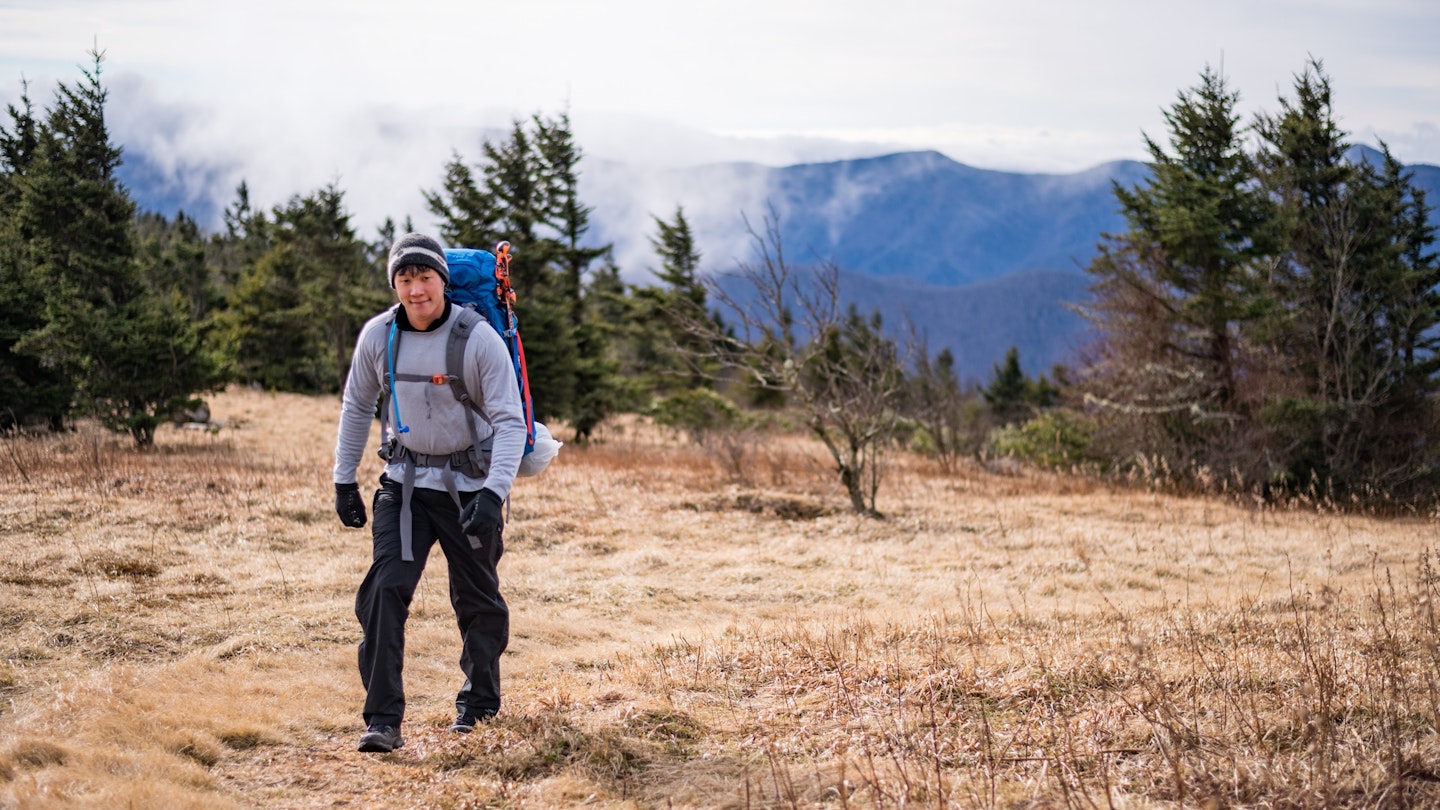North Carolina is blessed with National Park Service lands in nearly every corner of the state. Each park embodies a different aspect of the state’s history and terrain, and almost all offer the chance to immerse oneself in the beauty of nature.
Some parks are ideal for a day trip, while others warrant multiple days of exploration. Best of all, the vast majority of the state’s federally designated parks and seashores are free to visit. All surely rank among the top places to discover in this marvelous state.
Here’s our guide to the best national parks in North Carolina, from the Great Smoky Mountains to the Outer Banks.
1. Great Smoky Mountains National Park – Best for Hiking in the Wilds
While most visitors access Great Smoky Mountains National Park from Tennessee, nearly half of the park’s 522,419 acres lie within North Carolina. This is America’s most visited national park, with around 14 million visitors annually. And for good reason.
A few miles from the town of Cherokee, the Oconaluftee Visitor Center is the best place to start your journey. The North Carolina side of the park is home to the Mountain Farm Museum, a collection of buildings and historic structures that provide a glimpse into early life in the region. The Mingus Mill has been grinding wheat and corn since 1886.
There are over 150 official hiking routes in the Smokies. Popular trails lead to the rocky lookout known as Charlies Bunion, the forest-covered Alum Cave Bluffs, the gushing Ramsey Cascades, and the grassy hilltop of Andrews Bald.
There’s no fee to visit the park, but this may change in the future due to rising visitor numbers in recent years. The park also offers year-round camping at Smokemont Campground, where tent and RV sites are available from $25 per night.

2. Blue Ridge Parkway – Best for Road Trippers
Not only is the Blue Ridge Parkway one of North Carolina’s best road trips, this scenic byway also offers visitors plenty of chances to connect with the great outdoors. Known as “America’s Favorite Drive,” the 469-mile road winds into Virginia through protected land.
Popular stops along the route, first constructed in 1936, include the scenic Linville Falls, the lavish Moses Cone Manor, the Linn Cove Viaduct, and 5721ft Mount Pisgah.
There’s no fee to visit the North Carolina portion of the parkway, and several visitor centers along the route provide information about nearby attractions and accommodations.
Five campgrounds—at Doughton Park, Crabtree Falls, Julian Price Memorial Park, Linville Falls, and Mount Pisgah—can be found along the route. Check for road closures and changing conditions before you go, and watch out for black bears.

3. Cape Hatteras National Seashore – Best for Beaches and Treasure Hunting
Cape Hatteras is one of two stretches of protected coastline in the Outer Banks, the sandy barrier islands that flank the North Carolina coast. This 70-mile stretch of seashore runs from Whalebone to Ocracoke Island, including several sections connected by ferry.
Along the way, visitors can explore historic landmarks such as the site of Blackbeard’s final battle and the Bodie Island and Ocracoke lighthouses. Ocracoke is the oldest operating lighthouse in North Carolina and the second-oldest in the country.
Among North Carolina’s best, Cape Hatteras’ four beaches—Coquina, Ocracoke, Frisco, and Old Lighthouse—provide ample space for walks, flying kites, and building sand castles. Lifeguards are on hand during the summer; still, be vigilant of rip currents. Fishing is possible with a permit, and you can spot wildlife, including turtles, piping plovers, and seals.
There’s no fee to enter the national seashore, but certain activities such as lighthouse visits and campground reservations require admission fees. You can also get a permit to drive off-road vehicles on the beach. Cape Hatteras has four campgrounds, two of which are seasonal, and all can accommodate tents and RVs.

4. Cape Lookout National Seashore – Best for Stargazing and Seeing Wild Horses
Almost adjoining Cape Hatteras National Seashore, Cape Lookout runs from Portsmouth to Shackleford Banks. The site is home to an International Dark Sky Park, the first such designation in the National Park System on the Atlantic coast.
The barrier islands here are only accessible by ferry and require visitors to pack in and out any trash that they bring. Because of the remote nature of the seashore, visitors can experience wildlife completely uninterrupted. Look for the iconic Shackleford Banks wild horses and 250 species of birds, including ducks and herons.
Cape Lookout is one of the best North Carolina national parks for primitive beach camping. There are also wooden cabins on the beachside for rent. While there’s no fee to visit Cape Lookout, expect to pay for fishing licenses and beach driving permits.

5. Guilford Courthouse National Military Park – Best for History Buffs
The site of a famous Revolutionary War battle, Guilford Courthouse National Military Park spreads over 250 acres. It was here, in 1781, that British soldiers drove out General Nathanael Greene and his American troops.
Located about six miles from Greensboro, the battlefield site includes 29 monuments and gravesites, including a statue of Nathanael Greene in military regalia on horseback.
Another offering at Guilford is the scenic Battlefield Tour Rd, a popular destination for cyclists, walkers, and their four-legged companions. Twenty-six interpretive panels offer an insightful self-guided tour.
You can step back in time with a visit to the 18th-century Hoskins Farm. Covering 150 acres, this well-preserved farmstead tells the story of Joseph and Hannah Hoskins, who purchased it in 1778 and fled when the Revolutionary War found its way to their land.





